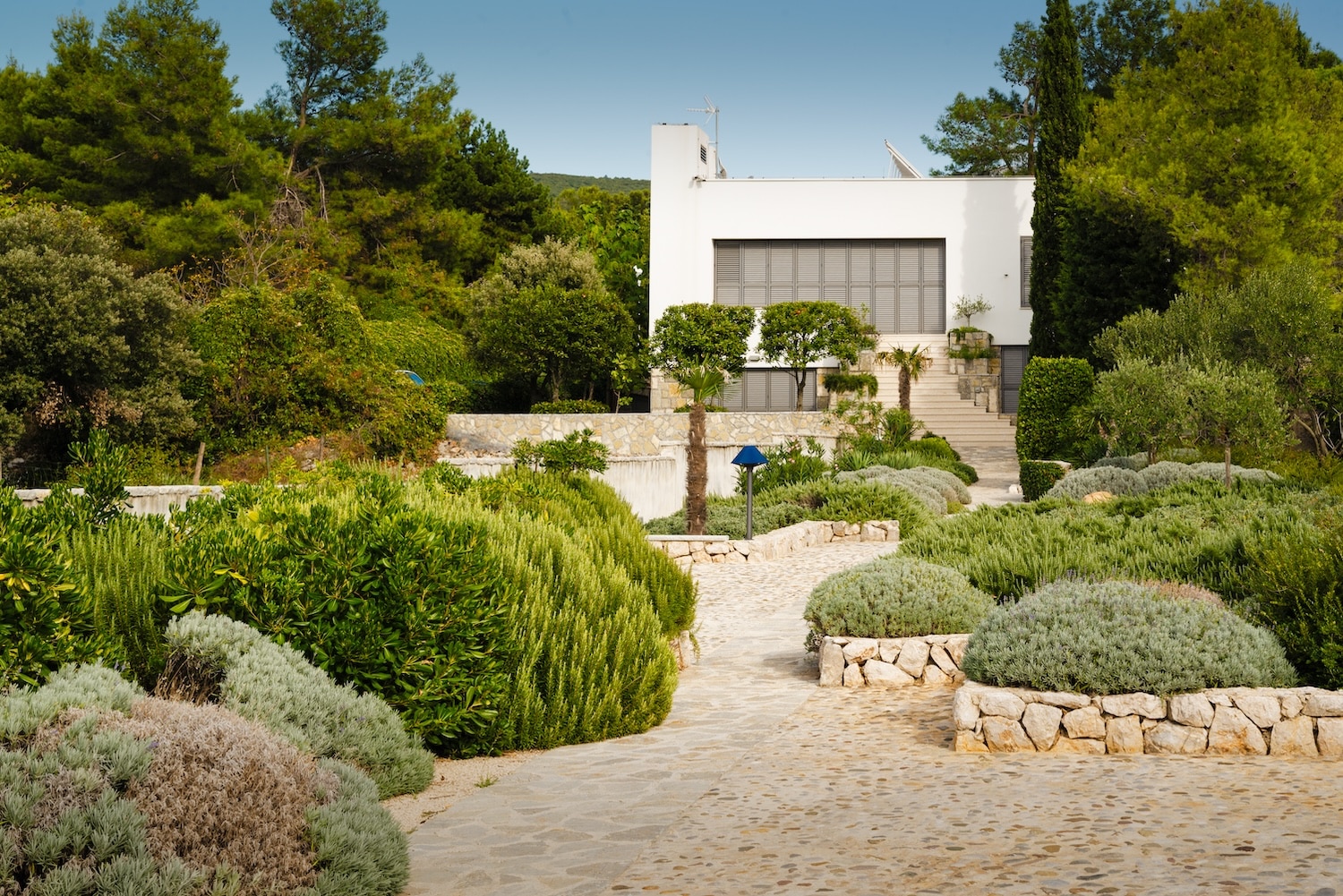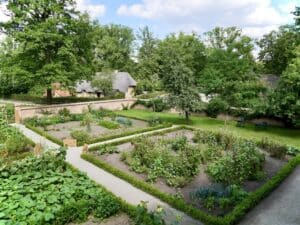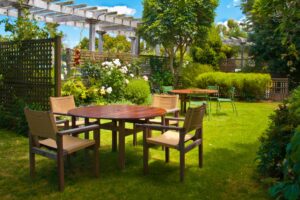How to Create a Mediterranean Style Garden Using Australian Native Plants

Love the look of a Mediterranean style garden but want something that suits the Aussie climate? Good news—you can have both. By using Australian native plants with similar features to classic Mediterranean favourites, you can enjoy a garden that’s stylish, low-maintenance, and eco-friendly.
At Diaco’s, we believe gardening should feel natural, not stressful. That’s why we’re big fans of using plants that thrive in local conditions while still looking amazing. This blog will show you how to create that warm, rustic Mediterranean vibe with native plants that are easy to grow, great for wildlife, and perfect for our climate.
What Is a Mediterranean Garden?
Mediterranean gardens come from areas like Italy, Greece, and southern Spain. These gardens are known for:
- Gravel paths and stone walls
- Terracotta pots and earthy colours
- Dry-climate plants with grey or silver leaves
- Bushy shrubs and bold shapes
- Plants that don’t need much water
They look relaxed but tidy, and they’re made for warm weather. Many Aussie natives already share these features, making them perfect for this style.
Why Use Natives Instead?
Classic Mediterranean plants like lavender and rosemary look great, but they don’t always cope with Australian heat and dry spells. Our native plants are built for local conditions. They need less water, attract local pollinators, and can survive tough summers.
Even better, many Aussie natives have:
- Silvery or muted green leaves
- Sculptural shapes
- Long flowering periods
- Low water needs
So, you can get the Mediterranean look while supporting local wildlife and saving time on garden care.
Native Plants That Suit the Mediterranean Style
Here are some of our favourite Australian natives that match the Mediterranean garden vibe:
Westringia (Native Rosemary)
- Compact and hardy
- Soft grey-green leaves
- Can be clipped like a hedge
- Great alternative to rosemary
Westringia is neat, easy to shape, and loves full sun. It works well along paths or as a low hedge.
Lomandra longifolia (Mat Rush)
- Tufty grass with a flowing shape
- Handles drought and heat
- Adds movement and texture
Lomandra is perfectly-positioned near gravel or rock paths. It fills out spaces and softens harder lines in your garden.
Eremophila (Emu Bush)
- Bushy shrubs with colourful flowers
- Great for sunny spots
- Tolerates dry soils
Choose from many types of Eremophila. Some have pink or purple flowers, others have silver leaves. All are tough and beautiful.
Chrysocephalum apiculatum (Yellow Buttons)
- Low-growing ground cover
- Bright yellow flowers
- Soft, silvery leaves
Use this around stepping stones or as a border. It blooms for most of the year and looks great in any garden.
Callistemon ‘Great Balls of Fire’
- Compact, rounded shape
- New growth is bright red
- Ideal for feature planting
This bottlebrush doesn’t grow too tall, and it gives your garden a bold, sculptural feel. It’s perfect for modern Mediterranean designs.
Correa alba (White Correa)
- Silvery foliage with white bell-shaped flowers
- Handles salt, wind, and sun
- Softens garden edges
Correa alba looks gentle but is strong. It grows well by fences, walls, or as a backdrop to brighter plants.
Design Tips for a Native Mediterranean Garden
Plant choice is just one part of the look. Here’s how to tie it all together.
1. Use a Soft Colour Palette
Stick with greys, silvers, and dusty greens. These colours reflect heat and help the garden blend into its surroundings.
2. Choose Natural Materials
Use gravel for paths, stone for edging, and terracotta for pots. These match the Mediterranean style and feel earthy and warm.
3. Group Plants by Shape
Mix plants with round, soft forms and upright grasses. For example, pair Westringia with Lomandra for contrast and balance.
4. Layer Your Plants
Put taller shrubs at the back and shorter groundcovers at the front. This makes your garden feel full but still tidy.
5. Keep It Water-Wise
Mulch well to hold moisture. Pick plants that don’t need much watering. Our team can help you choose the right ones for your soil and sun.
6. Add a Focal Point
You could use a statement plant like a grass tree, a large terracotta pot, or a garden sculpture. One strong element helps the garden feel complete.
Extra Touches to Finish the Look
To make your garden even more special, think about:
- A bench or seat in a shady spot
- Simple lighting along your path
- A birdbath or shallow water bowl
- Herbs like native mint or thyme-leaved westringia
These extras help you enjoy the garden more while keeping the Mediterranean charm.
Why This Style Works So Well in Australia
Mediterranean gardens were made for hot, dry climates. That’s why they translate so well here. By using natives, you’re working with nature, not against it.
You’ll save water, support local bees and birds, and spend less time on upkeep. It’s a style that looks good and feels good too.
Wrapping Up
Ready to start? Come and see us at Diaco’s Garden Nursery. We love helping people bring their garden ideas to life. Whether you’ve got a clear plan or just a few photos for inspiration, we’ll help you pick the right plants and layout.
Let’s create a Mediterranean garden that suits your lifestyle, reflects your love of nature, and brings out the best in our Aussie plants.
-
 13, Jun, 2025
13, Jun, 2025How to Start a Garden Design Project: Step-by-Step Planning Guide for Beginners
At Diaco’s, we know that creating a beautiful garden starts... -
 27, May, 2025
27, May, 2025Smart Garden Layout Ideas: How to Maximise Your Outdoor Space
At Diaco’s, we believe every garden has potential. Whether you’ve... -
 9, May, 2025
9, May, 20257 Garden Design Principles to Transform Your Outdoor Space
At Diaco’s, we know that creating a garden isn’t just...


